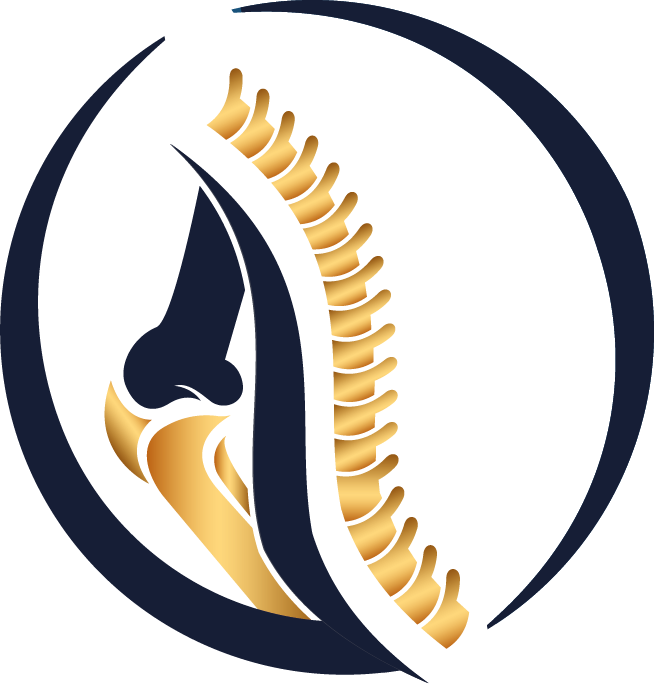Proximal Humerus Fracture Treatment: Plate & Screws or Reverse Arthroplasty?
Upper-end (proximal) humerus fractures aren’t one-size-fits-all. The right operation depends on the fracture pattern, bone quality, the status of the rotator cuff, dominant arm and daily goals. Our aim is rapid pain relief and a safe return to function with minimal trade-offs.
How do we choose?
We assess tuberosity repairability, medial calcar support, any head-split component, vascularity, age/osteoporosis, cuff integrity and rehab adherence—then decide together.
When plate-and-screw fixation (ORIF) makes sense
Best fit: 2- and selected 3-part fractures with repairable tuberosities and acceptable bone. Pros: bone-preserving, excellent motion with anatomic reduction. Limits: osteoporotic hold, risk of screw cut-out/AVN/stiffness; rehab proceeds cautiously to protect union.
When reverse shoulder arthroplasty (RTSA) is the better call
Best fit: complex 3–4-part or head-split fractures, severe comminution, doubtful cuff function. Pros: fast pain relief and predictable elevation; early function often easier. Trade-offs: implant-specific risks and cost. Tuberosity reconstruction improves external rotation.
Rehabilitation & expectations
After ORIF: protected passive → progressive active → strengthening, paced by fracture union.
After RTSA: earlier functional use with clear early protection rules. In both pathways, physiotherapy + home exercises + wound care drive outcomes.
Our take—personalised planning
There isn’t one universal “best” operation; there is a best match for you. We align technique with fracture biology and your goals, then map a stepwise recovery.
Share your images and symptoms; we’ll provide a written plan within 24 hours and guide the next steps.
 Türkçe
Türkçe
 Arabic
Arabic
